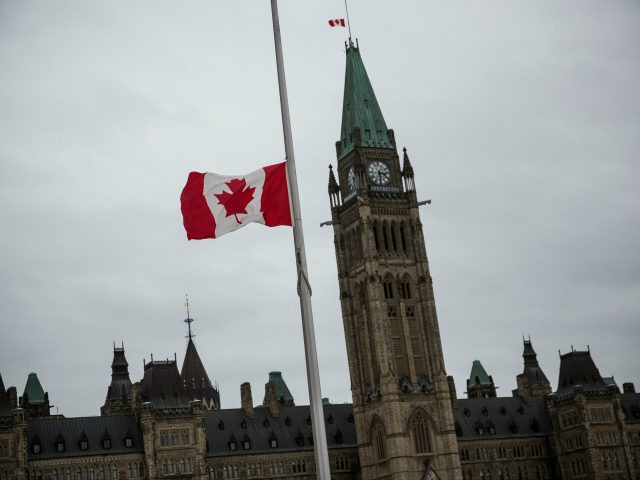Breitbart News did a great job of covering the July 22, 2018, Toronto shooting. They also did a good job presenting the essence of Toronto Mayor John Tory’s response to the shooting, as well as a succinct summary of some of the strict gun control that exists in Canada.
AWR Hawkins wrote:
CBS News reported that Toronto Mayor John Tory reacted to the July 22, 2018, Toronto shooting by saying, “Guns are too readily available to too many people.” But the University of Sydney’s
GunPolicy.org lists Canada’s gun control as “restrictive.” In order to purchase a gun one must first acquire a license for which they must undergo a background check. The background check includes a consideration of “criminal, mental health, addiction and domestic violence records.” It also requires a “third party character reference,” and law enforcement interviews with the gun license applicant’s “spouse, partner, or next of kin.” And “gun shows and temporary firearm dealing events are regulated” in Canada.
What I want to do is point out the background check referenced by Hawkins can only be undertaken after you take a two or three-day course. The two-day course allows you to apply for your Non-restricted (most shotguns and rifles) PAL (Possession and Acquisition) Firearms License. If you stay for an extra day, the three-day course allows you to apply for your Restricted (most handguns, certain rifles and shotguns) PAL Firearms License.
I went through the three-day course a few years ago. Generally, you have to reserve a spot in the course a few months in advance, as there are not very many courses running and they fill up quite quickly. When I took the course, it cost roughly a few hundred dollars. That fee does not include the fee to actually apply for your Firearms License, which is roughly another hundred something dollars.
After passing the course, which included both written and practical tests, I had to submit my application to the Chief Firearms Officer of Ontario. After he signs off, which for me took a month or so, my application moved over to the Royal Canadian Mounted Police (RCMP), where they proceeded to do an in depth background check, interviewing my mom and dad, and asking about previous girlfriends, spouses, and sexual partners. When I renewed my license last year, my wife had to sign it, stating that she was aware I was renewing my firearms license.
From start to finish my application took well over six months. Though I am now able to purchase certain firearms, Canadian law makes it quite clear that I am not to defend myself with any of them. To transport restricted firearms, one must get an ATT (Authority to Transport), which generally is only issued long-term if you can prove you belong to a gun club.
Much more could be said about how firearms, whether restricted or non-restricted, must be stored in one’s home. I think the recently proposed gun storage ordinance in Seattle may somehow be inspired by Canada’s draconian firearm storage laws. If anyone ever broke in your home, you would probably never be able to get to your one safe, open it, get the trigger guard off your gun, then get to your ammunition—which has to be kept separate from your unloaded firearm—in time to effectively repel an intruder. If you did happen to defend yourself in your own home with a firearm, you very well may go to jail, or at the very least, bankrupt yourself attempting to plead your innocence.
Mark George is a Canadian citizen who has undergone the process for obtaining a firearms license and he is a guest columnist for “Down Range with AWR Hawkins.”

COMMENTS
Please let us know if you're having issues with commenting.